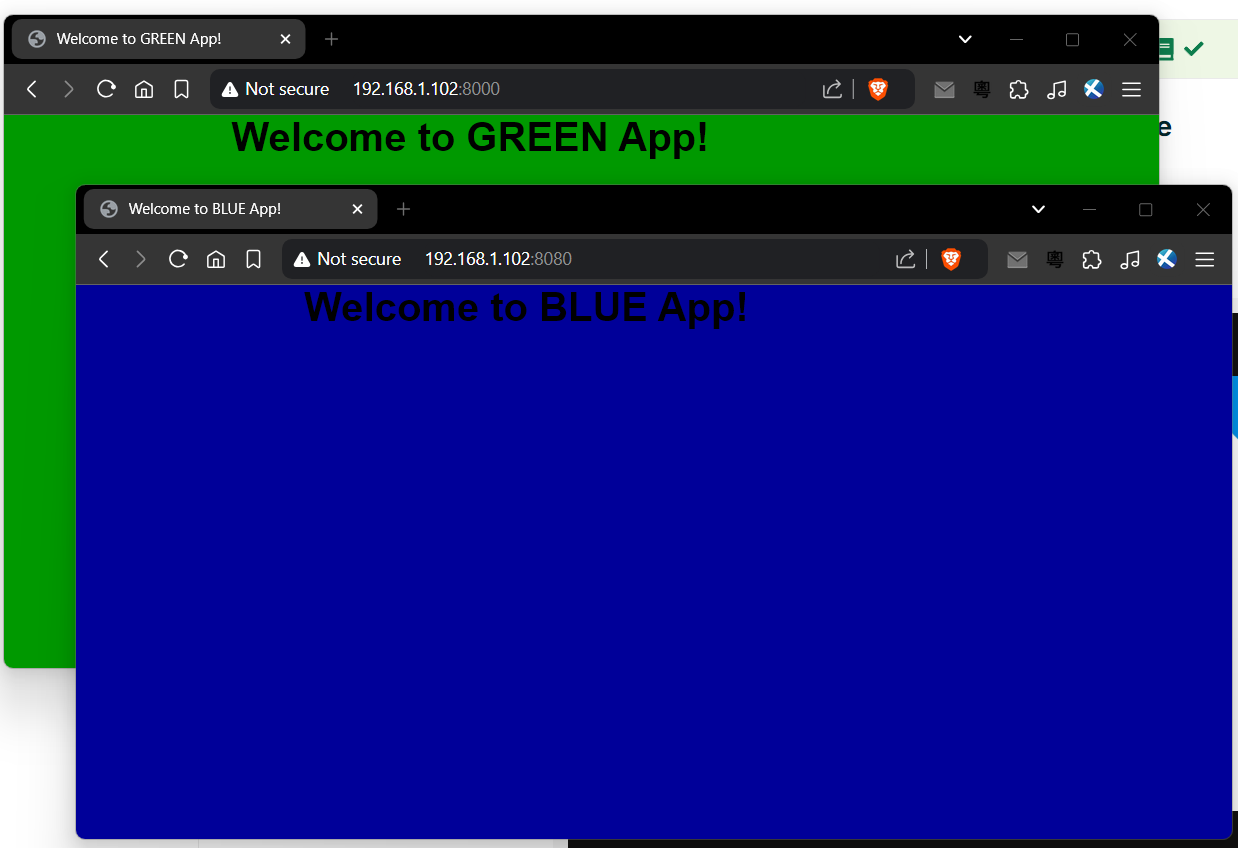14. ConfigMaps
ConfigMaps can be used to decouple a container’s configuration from its image specification.
14.1. ConfigMap as environment variables
First, create the ConfigMap:
$ cat > my-config-map.txt <<EOF
key1=value1
key2=value2
EOF
$ kubectl create configmap my-config --from-env-file=my-config-map.txt
configmap/my-config created
$ kubectl get cm
NAME DATA AGE
kube-root-ca.crt 1 176m
my-config 2 70s
$ kubectl get cm my-config -o yaml | yq
apiVersion: v1
data:
key1: value1
key2: value2
kind: ConfigMap
metadata:
creationTimestamp: "2024-08-04T19:30:11Z"
name: my-config
namespace: default
resourceVersion: "8903"
uid: f1829248-7f5d-42b2-9b38-f41ab8f420ba
Then, create the pod:
config-map.yaml
apiVersion: v1
kind: Pod
metadata:
name: config-env
spec:
containers:
- image: busybox
name: config-env
command: ["/bin/sh", "-c", "env"]
envFrom:
- configMapRef:
name: my-config
restartPolicy: Never
This pod will write the environment variables to its output, then quit
$ kubectl create -f config-map.yaml
pod/config-env created
$ kubectl get pod
NAME READY STATUS RESTARTS AGE
config-env 0/1 Completed 0 24s
$ kubectl logs pod/config-env | grep key
key1=value1
key2=value2
$ kubectl delete pod/config-env
pod "config-env" deleted
Note the use of kubectl logs to get the output of a completed pod.
14.2. ConfigMaps as volumes
Let us define two index.html files:
green/index.html
<html>
<head>
<title>Welcome to GREEN App!</title>
<style>
body {
width: 35em;
margin: 0 auto;
font-family: Arial, sans-serif;
background-color: #009900;
}
</style>
</head>
<body>
<h1 style=\"text-align: center;\">Welcome to GREEN App!</h1>
</body>
</html>
Note that the above file is not a true HTML file; the double quotes have been escaped.
$ kubectl create cm green-web-cm --from-file=green/index.html
configmap/green-web-cm created
$ kubectl describe cm/green-web-cm
Name: green-web-cm
Namespace: default
Labels: <none>
Annotations: <none>
Data
====
index.html:
----
<html>
<head>
<title>Welcome to GREEN App!</title>
<style>
body {
width: 35em;
margin: 0 auto;
font-family: Arial, sans-serif;
background-color: #009900;
}
</style>
</head>
<body>
<h1 style=\"text-align: center;\">Welcome to GREEN App!</h1>
</body>
</html>
BinaryData
====
Events: <none>
green-web.yaml
apiVersion: apps/v1
kind: Deployment
metadata:
creationTimestamp: null
labels:
app: green-web
name: green-web
spec:
replicas: 1
selector:
matchLabels:
app: green-web
strategy: {}
template:
metadata:
creationTimestamp: null
labels:
app: green-web
spec:
volumes:
- name: web-config
configMap:
name: green-web-cm
containers:
- image: nginx
name: nginx
ports:
- containerPort: 80
volumeMounts:
- mountPath: /usr/share/nginx/html
name: web-config
$ kubectl apply -f green-web.yaml
deployment.apps/green-web created
$ kubectl expose deploy/green-web --type=NodePort
service/green-web exposed
$ kubectl port-forward --address 0.0.0.0,:: svc/green-web 8000:80
Forwarding from 0.0.0.0:8000 -> 80
Forwarding from [::]:8000 -> 80
In another window, use sed to replace “blue with “green” in the two files, and deploy another service:
$ sed 's/green/blue/g' green-web.yaml > blue-web.yaml
$ mkdir blue
$ sed 's/GREEN/BLUE/g' green/index.html | sed 's/009900/000099/' > blue/index.html
$ kubectl create cm blue-web-cm --from-file=blue/index.html
$ kubectl get cm
NAME DATA AGE
blue-web-cm 1 5s
green-web-cm 1 14m
kube-root-ca.crt 1 3h38m
my-config 2 43m
$ kubectl apply -f blue-web.yaml
deployment.apps/blue-web created
$ kubectl expose deploy/blue-web --type=NodePort
service/blue-web exposed
$ kubectl port-forward --address 0.0.0.0,:: svc/blue-web 8080:80
Forwarding from 0.0.0.0:8080 -> 80
Forwarding from [::]:8080 -> 80

Note
Templating tools, e.g., Kustomize, can be used to manage the generation of similar resource declarations like the two we just made. For examples, see: https://dev.to/stack-labs/kustomize-the-right-way-to-do-templating-in-kubernetes-3ohp.